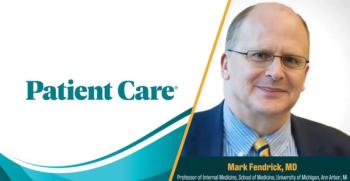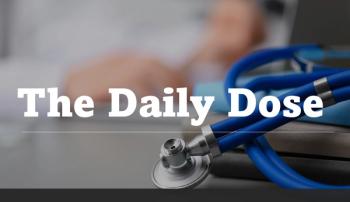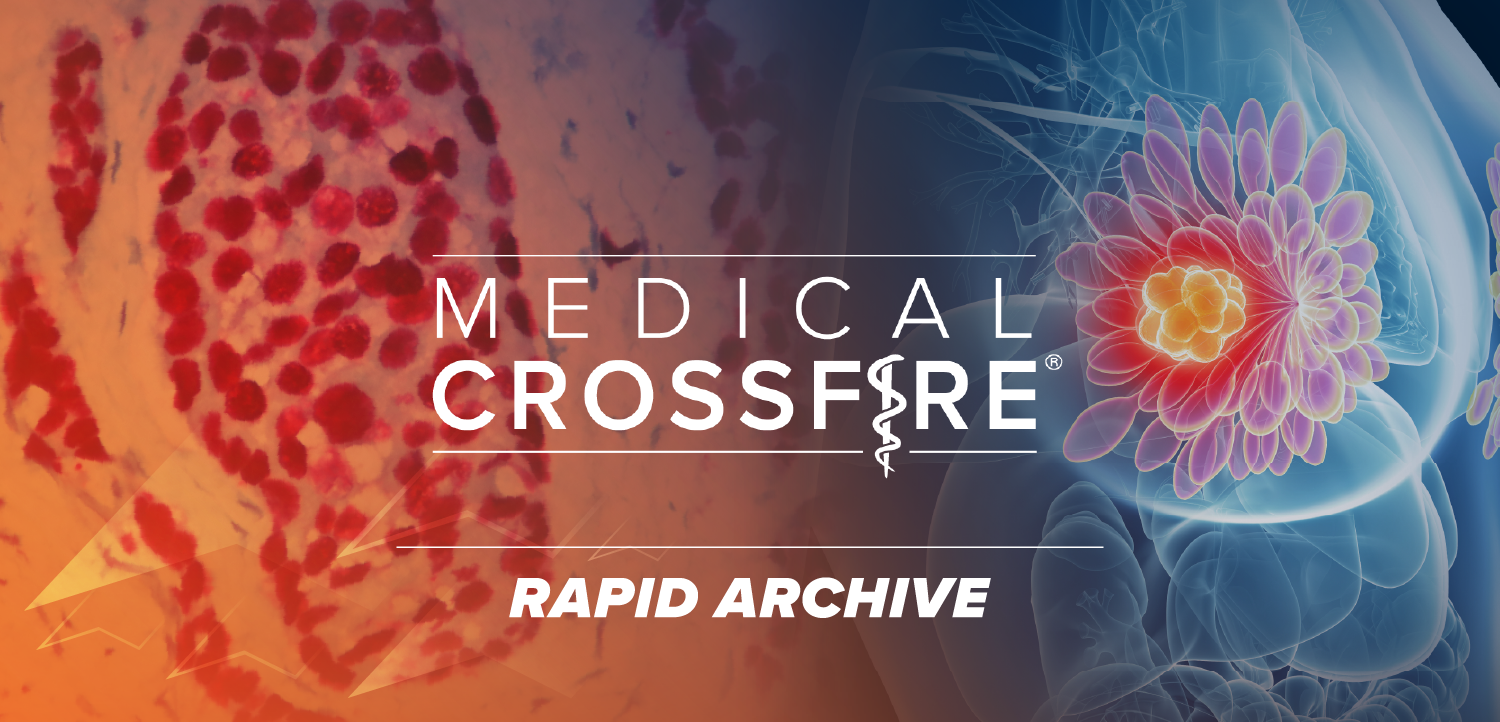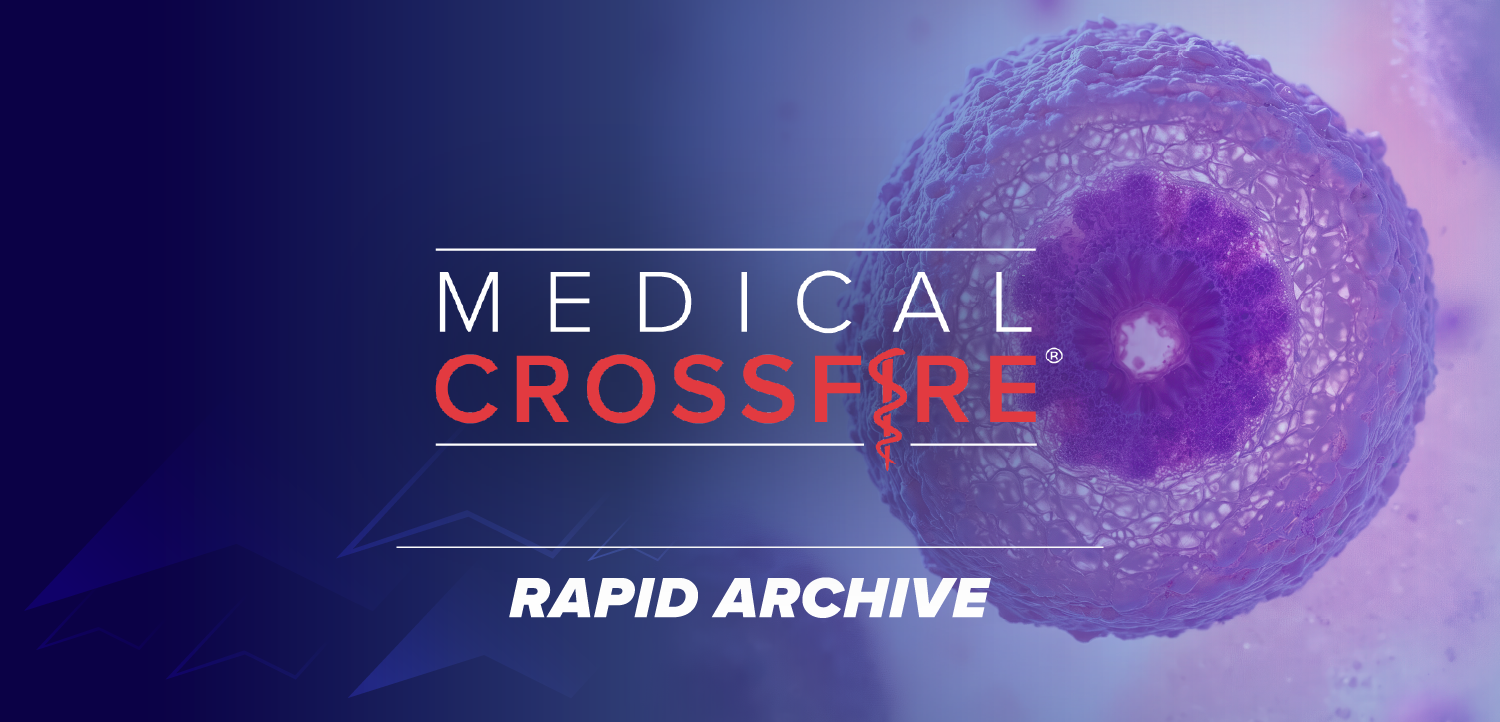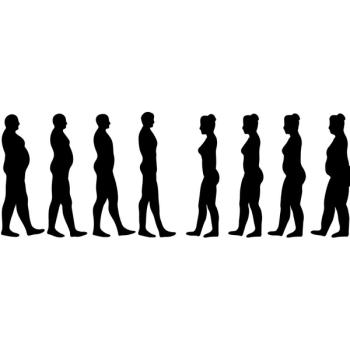
Mark Fendrick, MD, is Passionate About Colorectal Cancer Screening and Doing it Right
Only about 75% of people with a positive result on a stool-based test for colorectal cancer complete screening with a colonoscopy. Fendrick "won't rest" until it's 90%.
"I won't rest until 90% of patients who test positive on a stool-based initial screening actually get a follow up in the appropriate, rapid period of time."
Even in the best case scenarios, the rate for
In the short video above, Fendrick highlights his hopes for a near future where it will be "easy, not hard for patients and their primary care clinicians to go through this process in a seamless way."
The following transcript has been lightly edited for style and clarity.
Patient Care: Would you talk more about your vision for the future of colorectal cancer screening?
Mark Fendrick, MD: As someone who's been in the middle of this work for a while, I can say this: we need to do a much better job informing patients about the clinical value of colorectal cancer screening. When it comes to stool-based testing—particularly stool DNA testing—it’s important that patients understand it can be done at home, at no cost, and it’s a more environmentally sustainable option. With the right navigation and outreach in place, patients can be walked through the process from start to finish.
My hope, Grace, is that we’ll do a much better job—working with manufacturers, health systems, and hopefully leveraging artificial intelligence—to ensure that once a patient has a positive stool test, like a stool DNA test, they don’t fall into a bureaucratic black hole. Too often, primary care clinicians are left trying to clear patients, schedule colonoscopies, and coordinate follow-up—making what should be a straightforward next step unnecessarily difficult.
One idea we’ve been exploring with our colleagues at Exact Sciences and elsewhere is something akin to the CLEAR line at the airport—a fast, structured, and streamlined path for patients with a positive stool-based result. These patients shouldn’t be left wondering: Who do I call? What do I do next? Instead, the system should take over: scheduling should happen automatically, and these patients should be prioritized.
Whether the barriers are related to health literacy, transportation, childcare, or long travel distances, we need to address them—proactively and consistently—so that follow-up colonoscopy actually happens.
Right now, even in some of the best-case scenarios, we’re seeing about 75% follow-up rates after a positive stool-based screen. I’ve been speaking with my gastroenterology colleagues—many of whom are assembling in San Diego this week—and I’ve told them plainly: I won’t rest until we reach a 90% follow-up rate, within the appropriate timeframe, for every patient who tests positive on a stool-based screening test.
Newsletter
Enhance your clinical practice with the Patient Care newsletter, offering the latest evidence-based guidelines, diagnostic insights, and treatment strategies for primary care physicians.

